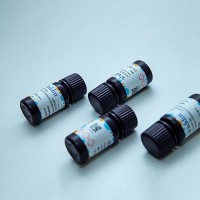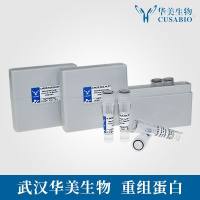Many recombinant proteins, particularly proteins with diagnostic and therapeutic potential such as antibodies, lymphokines, receptors, enzymes, and enzyme-inhibitors, are being produced from transformed host cells containing recombinant DNA. The host cells are transformed with an expression vector containing genes encoding for the proteins of interest, and then are cultured under conditions that favor the production of the desired protein. When Escherichia coli is used for the expression of recombinant proteins, the heterologous protein produced often precipitates within the cell to form refractile (inclusion) bodies. For the isolation of the recombinant protein in the native (biologically active) state, it should be separated from cell debris, solubilized with a chaotropic agent such as high concentrations of urea or guanidinium hydrochloride, then refolded by gradual removal of the denaturant (reviewed in ref. 1 ). In cases where the native state of the protein is dependent on the formation of disulfide bonds, the protein is reduced while in the denatured state by addition of reducing agents. The formation of disulfide bonds of the protein during the refolding process is facilitated by redox-shuffling induced by the inclusion of reducing and oxidizing agents in the refolding buffer (2 ).






